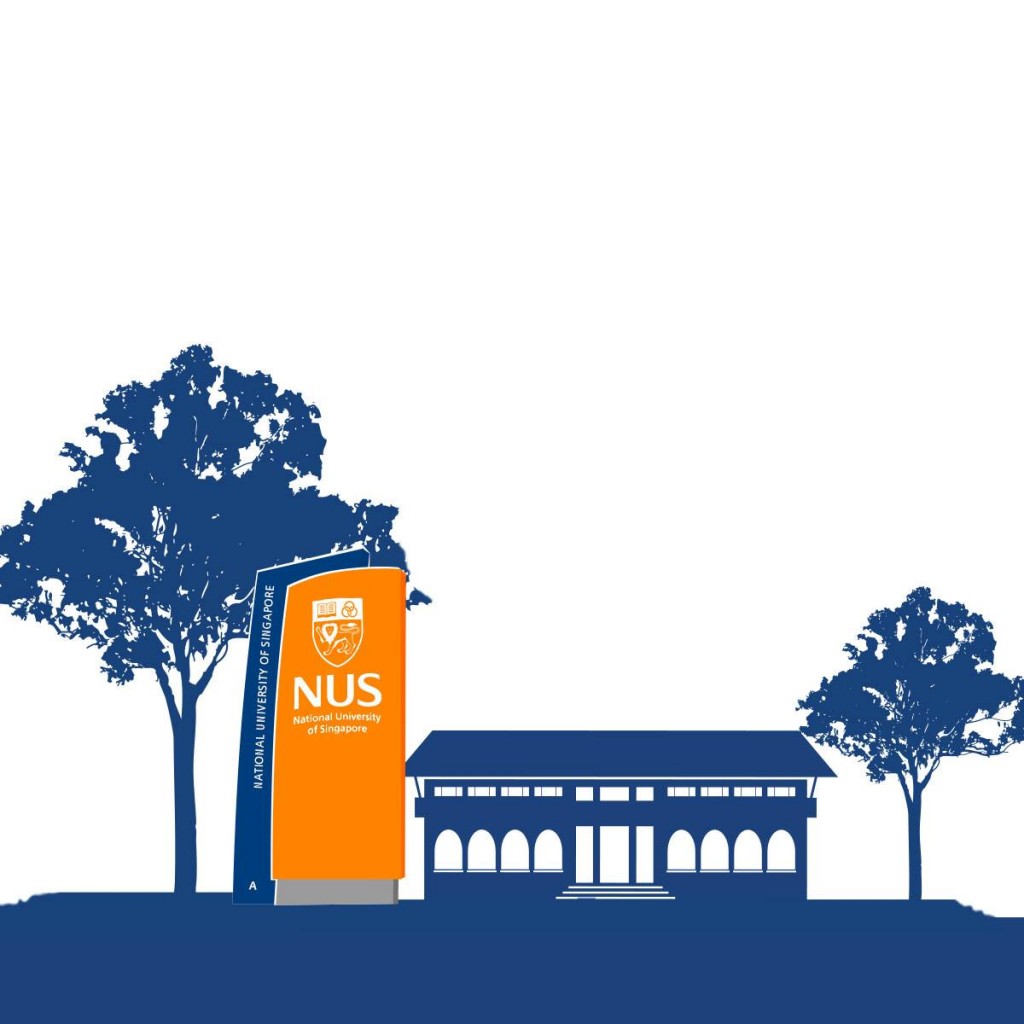NUS = 22 – 10 = 12.
NTU = 39 – 26 = 13.
For those of you feeling the anxious déjà vu of confusing midterms, not to worry. These equations represent the positions of the National University of Singapore (NUS) and Nanyang Technological University (NTU) on the 2015/16 Quacquarelli Symonds (QS) rankings. Arguably the most recognised ranking system for universities worldwide, this year’s results drew polarising discussions globally, over the sudden jumps of our two local universities. With a little tweaking of QS methodology, criteria for judging the institutes changed, putting NUS and NTU above universities like Yale and Cornell. Naturally, this garnered some serious side-eye.
The Ridge’s Opinion Desk Editor Varsha looks into why taking the latest QS rankings to heart might not be the best idea.

You might be in one of two camps.
You’re either feeling that unique rush of #singaporeanpride, or – like me – you appreciate the improvement, but remain slightly skeptical.
First of all, the methodology. Amongst the six key performance indicators (KPI) used to determine rankings, the highest weightage is given to a school’s academic reputation. 40 per cent of what keeps institutions like Harvard and Oxford at the top of the QS food chain can be owed to academics identifying “the institutions where they believe the best work is currently taking place within their own field of expertise.”
QS rankings are often used as a yardstick for potential students to decide on which school they wish to enter regardless of its reputation amongst academics.
While that’s not entirely a bad thing, the emphasis on academic reputation may be misleading for those who wholeheartedly accept the rise in the rankings of NUS and NTU. QS rankings are often used as a yardstick for potential students to decide on which school they wish to enter regardless of its reputation amongst academics.
This is further demonstrated by another important KPI of academia. Weighing in at a hefty 20 per cent is the criterion “citations per faculty”. Aiming to “assess universities’ research impact”, this criterion assumes that having a high citation count indicates that the university’s research is more influential and thus, a stronger institution overall.
Here is where the explanation behind the exponential improvement of NUS and NTU’s rankings may lie. They rose in the ranks after an adjustment by QS to normalise citation count – essentially, accounting for differences in citation numbers across faculties (arts and humanities papers have less citations than the sciences). In short, NUS and NTU have arguably been given due credit when it comes to the strength of their research. However, the “research factor” matters more to academics than the students themselves.
Arguably, the very reason why QS gives academic reputation high priority is that this expertise is likely to trickle down to the quality of education for students. If a university’s faculty were forwarding the most progressive work, it would mean that the students would be privy to better teaching, materials, ideas and so forth. Additionally, a KPI that directly affects the quality of a student’s learning, the student-to-faculty ratio, is given a significant 20 per cent weightage.
No matter how much we furrow our brows over what makes a good school, rankings will never paint the full picture. Our time in university is what we make of it, not just what the numbers say.
Analysis of methodology is and will always remain highly subjective. It is important to remember that this isn’t all there is to university life. No matter how much we furrow our brows over what makes a good school, rankings will never paint the full picture. Our time in university is what we make of it, not just what the numbers say.
No criteria can capture the rush of adrenaline after winning an inter-faculty game with friends or the late night talks with classmates who really get you – the people you may never have met elsewhere regardless of rankings. Every academic status symbol we’ve been conditioned to care so fiercely about should be taken with a pinch of salt. So think about QS and its implications, but also think beyond it.


